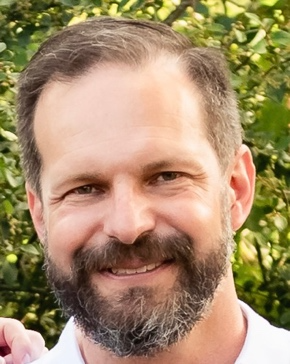Abstract: The highest resolution 3D images of cells are produced by the method of cryo-electron tomography. Ribosomes, protein filaments, and some large proteins can be identified visually in cryo-electron tomograms. Proteins smaller than 200kDa, representing over 60% of the proteome, are unlikely to be identifiable under current physical constraints of electron microscopes. Inorganic nanoparticles are easy to see in biological electron microscopy, due to their higher electron density relative to elements comprising biology. Therefore, when an inorganic nanoparticle is attached to a protein of interest, the protein can be identified in an electron micrograph or tomogram. This talk is about our efforts to visualize proteins in biological electron micrographs and tomograms using inorganic nanoparticles. A ‘cloneable nanoparticle’ approach that uses enzymes to form inorganic nanoparticles from bio-available essential and/or medicinal elements inside cells will be presented. This approach is validated for selenium nanoparticles produced by a ‘glutathione-reductase-like metalloid reductase,’ where the filamenting protein FtsZ is decorated with biogenic selenium nanoparticles. While gold nanoparticles conjugated to antibodies have been used for decades to produce contrast in biological electron microscopy, the approach has well-known deficiencies. A next-generation of gold clusters and nanoparticles for biological electron microscopy will also be presented. Such next-generation gold clusters are inert to biological processes in a way that current gold nanoparticles are not; Therefore, the ‘bio-inert’ gold clusters we make may overcome current limitations of gold nanoparticles in biology.
Speaker:
Institution:
Location:

